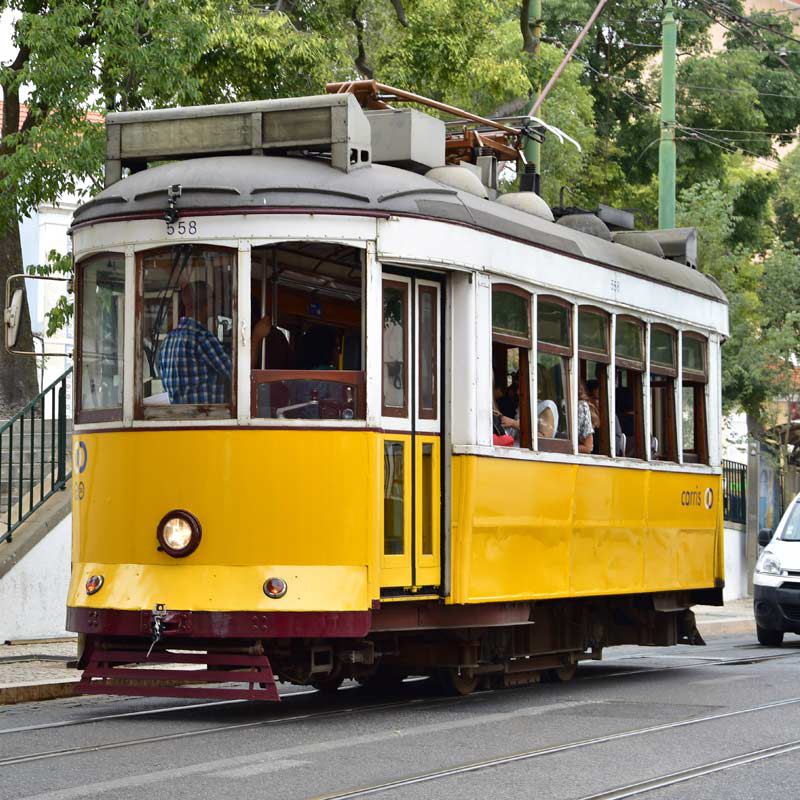Just thought I’d share this since it’s working for me at my home instance of federate.cc, even though it’s not documented in the Lemmy hosting guide.
The image server used by Lemmy, pict-rs, recently added support for object storage like Amazon S3, instead of serving images directly off the disk. This is potentially interesting to you because object storage is orders of magnitude cheaper than disk storage with a VM.
By way of example, I’m hosting my setup on Vultr, but this applies to say Digital Ocean or AWS as well. Going from a 50GB to a 100GB VM instance on Vultr will take you from $12 to $24/month. Up to 180GB, $48/month. Of course these include CPU and RAM step-ups too, but I’m focusing only on disk space for now.
Vultr’s object storage by comparison is $5/month for 1TB of storage and includes a separate 1TB of bandwidth that doesn’t count against your main VM, plus this content is served off of Vultr’s CDN instead of your instance, meaning even less CPU load for you.
This is pretty easy to do. What we’ll be doing is diverging slightly from the official Lemmy ansible setup to add some different environment variables to pict-rs.
After step 5, before running the ansible playbook, we’re going to modify the ansible template slightly:
cd templates/
cp docker-compose.yml docker-compose.yml.original
Now we’re going to edit the docker-compose.yml with your favourite text editor, personally I like micro but vim, emacs, nano or whatever will do…
favourite-editor docker-compose.yml
Down around line 67 begins the section for pictrs, you’ll notice under the environment section there are a bunch of things that the Lemmy guys predefined. We’re going to add some here to take advantage of the new support for object storage in pict-rs 0.4+:
At the bottom of the environment section we’ll add these new vars:
- PICTRS__STORE__TYPE=object_storage
- PICTRS__STORE__ENDPOINT=Your Object Store Endpoint
- PICTRS__STORE__BUCKET_NAME=Your Bucket Name
- PICTRS__STORE__REGION=Your Bucket Region
- PICTRS__STORE__USE_PATH_STYLE=false
- PICTRS__STORE__ACCESS_KEY=Your Access Key
- PICTRS__STORE__SECRET_KEY=Your Secret Key
So your whole pictrs section looks something like this: https://pastebin.com/X1dP1jew
The actual bucket name, region, access key and secret key will come from your provider. If you’re using Vultr like me then they are under the details after you’ve created your object store, under Overview -> S3 Credentials. On Vultr your endpoint will be something like sjc1.vultrobjects.com, and your region is the domain prefix, so in this case sjc1.
Now you can install as usual. If you have an existing instance already deployed, there is an additional migration command you have to run to move your on-disk images into the object storage.
You’re now good to go and things should pretty much behave like before, except pict-rs will be saving images to your designated cloud/object store, and when serving images it will instead redirect clients to pull directly from the object store, saving you a lot of storage, cpu use and bandwidth, and therefore money.
Hope this helps someone, I am not an expert in either Lemmy administration nor Linux sysadmin stuff, but I can say I’ve done this on my own instance at federate.cc and so far I can’t see any ill effects.
Happy Lemmy-ing!


If using vultr I’d recommend using backblaze for the S3 backend as data transfers will be unlimited. If using vultr object storage data to/from their object storage to the VPS is using the data cap unlike backblaze and vultr who are part of the bandwidth alliance which mean no data usage is counted and if you put your vultr instance behind cloudflare who is also part of the alliance you won’t use any data on the instance for web data, but we’ve seen how cloudflare seems to have caused issue with Kbin so I’m not sure that’s the best thing to do.
I apologize for the run-on sentence :-)